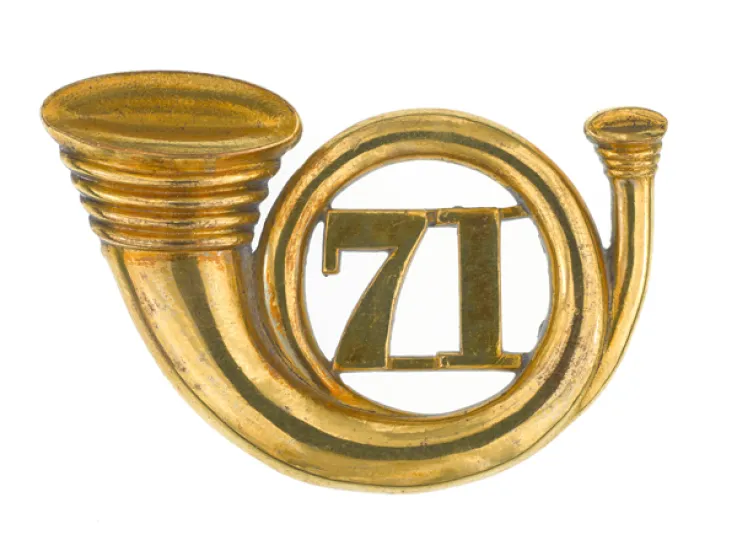Origins
This regiment’s origins lie in the 2nd Madras Europeans, an East India Company unit formed in 1766 from non-Indian troops. In 1774, this absorbed parts of the 3rd Madras Europeans and was renamed the 2nd Madras European Regiment.
In 1799, the regiment was disbanded. But it re-formed in 1824 as the 2nd Battalion of a new Madras European Regiment. In 1830, the Madras European Regiment became a single-battalion unit. This was renamed the 1st Madras (European) Regiment in 1839 and later became the 102nd Regiment of Foot in the British Army.
A new independent 2nd Madras (European) Regiment was raised in 1839 by Lieutenant-Colonel Archibald Brown-Dyce at Arnee. This became a light infantry unit in 1842. It was sent to the Second Burma War (1852-53) in 1853, before returning to India during the Mutiny (1857-59).
Transfer to Crown
In 1858, it joined other East India Company European units in transferring to Crown control. The following year, it was renamed the 2nd Madras Light Infantry. In September 1862, it formally joined the British Army as the 105th Regiment of Foot (Madras Light Infantry).
The 105th continued to serve in India until 1872, when it was sent to garrison the port of Aden for two years. The regiment then sailed to England for the first time, landing in 1874. It remained there until 1878, when it was sent first to Guernsey before moving to Ireland the following year.
Legacy
The regiment was still in Ireland in 1881, when it merged with the 51st (2nd Yorkshire West Riding) Regiment of Foot to form The King's Own Light Infantry (South Yorkshire Regiment).
Regimental museums
The National Army Museum works with a network of Regimental and Corps Museums across the UK to help preserve and share the history and traditions of the Army and its soldiers.
Discover more about the 105th Regiment of Foot (Madras Light Infantry) by visiting the King’s Own Yorkshire Light Infantry Regimental Museum in Doncaster.









